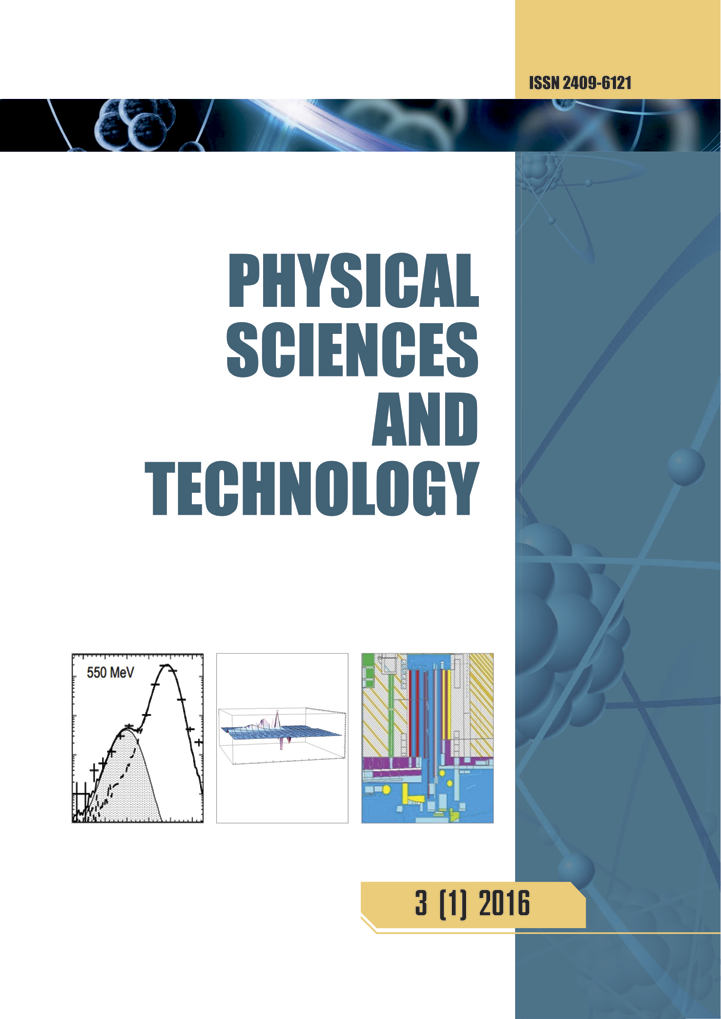Symplectic coherent-state bases in the OCM calculations of nuclear cluster systems
DOI:
https://doi.org/10.26577/phst.2020.v7.i1.07Abstract
In order to solve many-body states in a wide energy region including continuum states, it is strongly desired
to develop a useful method. In nuclear cluster systems [1, 2,], we must treat both bound and unbound states
simultaneously. For such calculations, we propose to apply symplectic coherent-state bases (SCSB). In this
report, the basic idea of the SCSB method will be explained. Especially the Pauli exclusion principle plays
an important role in nuclear systems [3, 4], and the orthogonality condition model (OSM) [5] has been
studied successfully for various kinds of nuclear cluster systems. We here discuss an application of the
SCSB to the OCM. The SCSB method can be easily applied to two-cluster systems. However, for multicluster
systems, the applicability of the SCSB is not self-evident. The multi-cluster system is described by
the Pauli-allowed states (PAS) [6] under the Pauli exclusion principle. In this report, the multi-cluster SCSB
will be discussed on the basis of the PAS of the multi-cluster systems.




